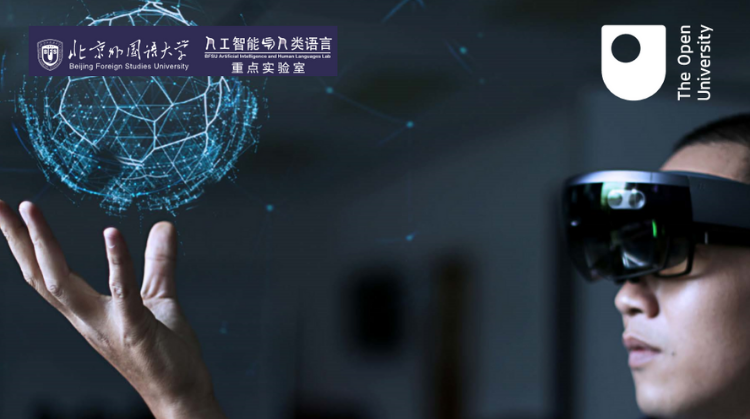New IET report highlights trends in online and blended learning

‘Enriched realities’ and ‘Using chatbots in learning’ are two of the top ten new approaches to learning and teaching, according to this year’s Innovating Pedagogy 2021 report, co-authored by colleagues in The Open University’s Institute of Educational Technology (IET).
The ninth edition of the report, produced in collaboration with researchers from the Artificial Intelligence and Human Languages Lab/The Institute of Online Education at Beijing Foreign Studies University, introduces ten innovative pedagogies (novel or changing theories and practices of teaching, learning and assessment for the contemporary world, often enabled or supported by technology) that either already influence educational practice or offer opportunities for the future.
Agnes Kukulska-Hulme, Professor of Learning Technology and Communication in IET, and co-author of the report, said:
“By widening the scope of what’s possible within the classroom, you are also potentially widening participation. You are giving more opportunities to people of different backgrounds to be included in the educational experience.
“Work on this report began in May 2020, at a time of great upheaval and disturbance to normal ways of conducting education, brought about by the Covid-19 pandemic. While the pedagogical innovations described in our report are not a direct response to the challenges that so many educators have faced because of this extraordinary situation, they are certainly relevant to those challenges”.
Enriched realities
Digital technology plays an increasing role in how our society works and people connect, enriching reality by blending physical and digital domains. When learners cannot be in the same place at the same time, augmented reality (AR) and virtual reality (VR) can be used to make some exciting and memorable shared experiences possible. When we use an AR application, it overlays information on our surroundings or objects around us, while VR provides a three-dimensional environment we can interact with.
Such ‘enriched realities’ extend what is possible in education and training, allowing users to work together and practise their skills, and opening up opportunities that are not available otherwise (from an operating room, to the surface of Mars or the inside of a volcano). Small-scale use of enriched reality is within reach for learners with access to a suitable smartphone and a good Internet connection.
Using chatbots in learning
Chatbots can support learners by answering and asking questions, providing guidance and assisting in problem-solving with text-based or voice-based communication with users. This means that when a teacher is not available or cannot help, learners are still able to make progress. With progressively more useful artificial intelligence to support the user, chatbots bring new opportunities in providing immediate assistance and tailored support.
However, they can require patience and persistence while the technology improves, as well as ethical assurance around ownership and access to data.
Are you already an OU student?
Request your prospectus
Explore our qualifications and courses by requesting one of our prospectuses today.
Request prospectus